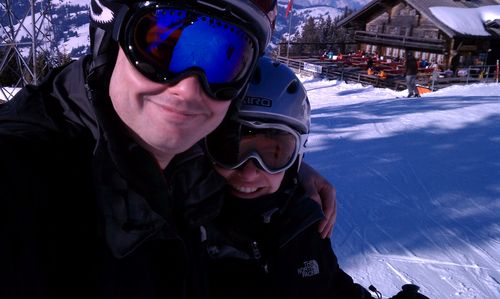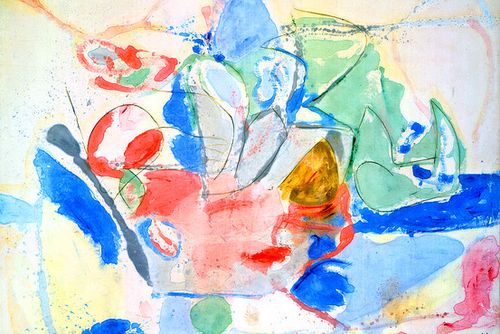James writes:
A friend's upcoming nuptials in Gstaad, Switzerland bring me back to the winter I worked at the ski resort as a writing assistant to William F. Buckley Jr.
In 1999 Bill called me into his office at National Review, where I was an editor, and asked if I liked to ski. I did (and still do). On the way out, I said, "Thank you, Mr. Buckley." He put his hand on my shoulder and said, "Call me Bill." A day later he phoned up and asked me to come to Gstaad for the winter to help him write his next novel.
The book writing was a yearly activity that Bill devised to kept his busy mind occupied during the resort's social season. His goal was 2,000 words a day and a novel in thirty days. He just about did it. Working away in a study in Rougemont, down the valley from the town of Gstaad, we hammered out a novel called Spytime: the Undoing of James Jesus Angleton--a fictionalized history of the real-life American head of counter-intelligence James Jesus Angleton. (A few years after the book came out, Angleton became the basis for the movie The Good Shepherd, but our account was better.)
Bill and I started early every morning, never took off weekends, but still managed to ski for a few hours after lunch. We then did a round of late-afternoon editing and, at 7pm, his chef brought two kirs down to the study and a box of cigars to transition us into the dinner hour, which might include a visit from Roger Moore, Taki Theodoracopulos, deposed and pretender royals, and other stars of the Gstaad Constellation.
Not bad work from a classics major a year out of college. When Bill died in 2008, Leon Neyfakh wrote a nice story in the New York Observer about WFB's lucky class of young assistants.
Before I left for Gstaad a colleague at National Review introduced me to the art of Super 8 movie making. The method was anachronistic then--I still had my parents' equipment from the 1970s. Today it looks like a machine-age time warp, which is why I find it appealing. I plan to digitize more of these old movies in the next few months. But first, here are two of my Super 8s from that winter in Gstaad:
http://www.youtube.com/watch?v=HeOuWzY2t1Y
http://www.youtube.com/watch?v=uFv_CyE76MQ
3/12/12 UPDATE: Great to be back


